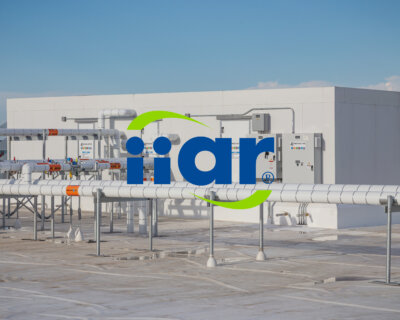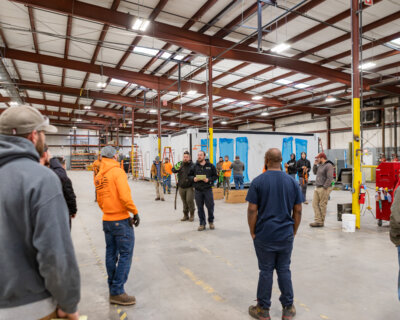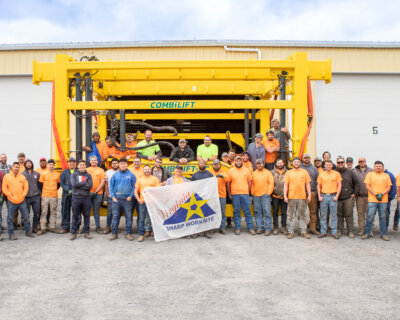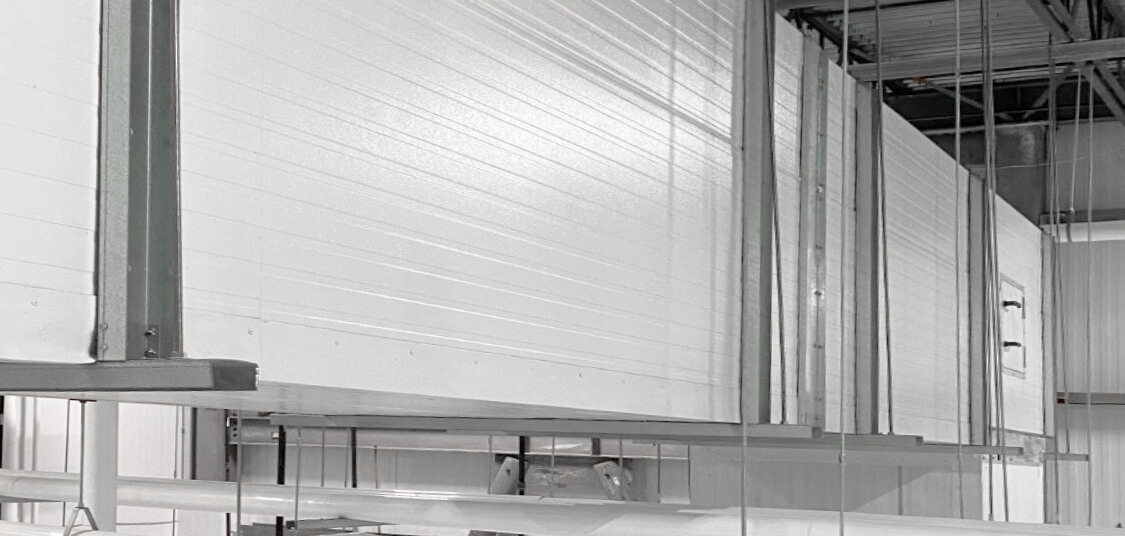
What to Consider in CPA Ductwork
Critical Process Air (CPA) systems–also referred to as Hygenic Air Handling (HAH) units–are systems which clean recirculated or outside air. These units draw in air, filter out contaminants, adjust the humidity, and then adjust the temperature, before expelling the clean air into the facility. They’re common in large scale food processing facilities, laboratories, and hospitals.
Because CPAs are used within such critical operations, it’s important that they perform their best. The ductwork leading to and from them is essential to that performance. Good ductwork allows consistent, even distribution of clean air throughout a facility–but achieving this requires addressing several design constraints.
Duct Size
Duct size must be considered at several points. Resistance must be minimized while retaining sufficient air flow and keeping velocity within a desired range. Those factors depend not only on length of the ducts, but also their diameter—and multiple size profiles may be used throughout the same system to ensure that air distributes evenly as the ducts branch in various directions.
Location
Another key consideration is location. Ductwork is typically installed in either rooftop or interstitial spaces (free spaces between floors), or in refrigerated spaces. All three have specific concerns.
For rooftop CPA ductwork, the most pressing concern is that the ducts must be able to withstand environmental conditions such as snow, rain, and extreme heat. Interstitial ducts, on the other hand, are protected from such conditions, but must worry about size. And for ductwork in refrigerated spaces, precautions must be taken to prevent the moist air inside the ducts from freezing. Ducts in refrigerated spaces also typically have to be designed around processing equipment.
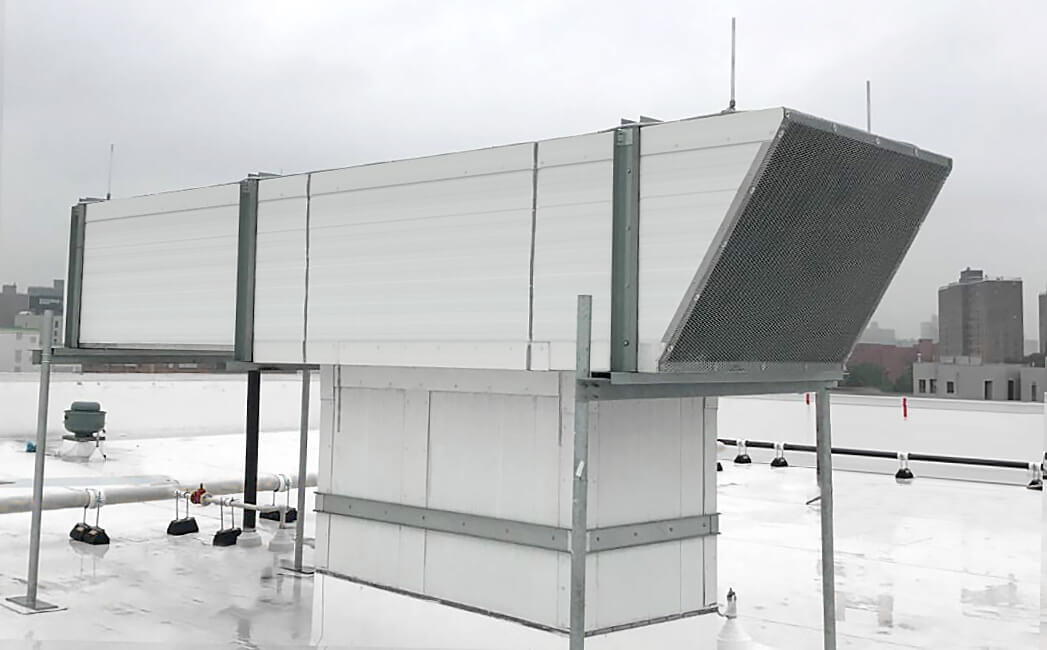
Construction
Specific field installation must also be considered. The overall size of the duct should be considered to ensure that the duct can be easily manipulated and properly installed on site. Adequate supporting structure, such as exterior framing or hanging supports, must be designed to ensure that duct sections are self-supporting and will not collapse during or after installation.
Hygiene
Ductwork must also be air-tight to prevent the introduction of moisture or buildup of condensation or contaminants. Choice of material affects overall hygiene of the ductwork as well. For this reason, stainless steel is used on the interior of CPA ductwork since its resistance to moisture and condensation prevents buildup of mildew and mold.
Other hygiene considerations might include designing the ductwork so that it can easily be accessed and cleaned to prevent surface buildup of pathogens. For example, a system might be designed with service doors along the ductwork length, so that the internal surfaces can be easily sprayed down and wiped.
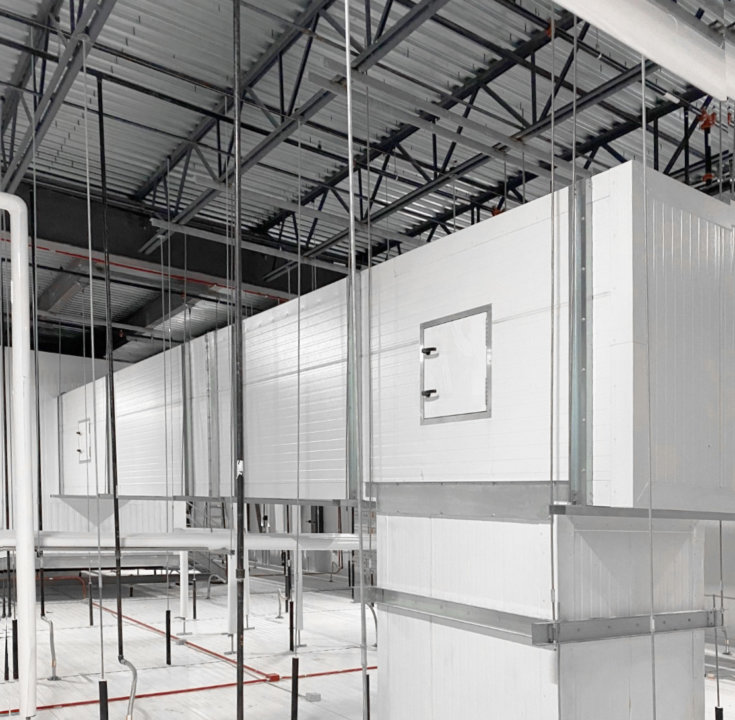
Other Considerations
Other considerations may come into play for certain ductwork. For example, diffusing plates can be added to distribute air more evenly and prevent strong exiting velocities. Similarly, air dampeners may be installed to allow for fine control of room pressure differentials. These air dampeners can also reduce operating costs over time.
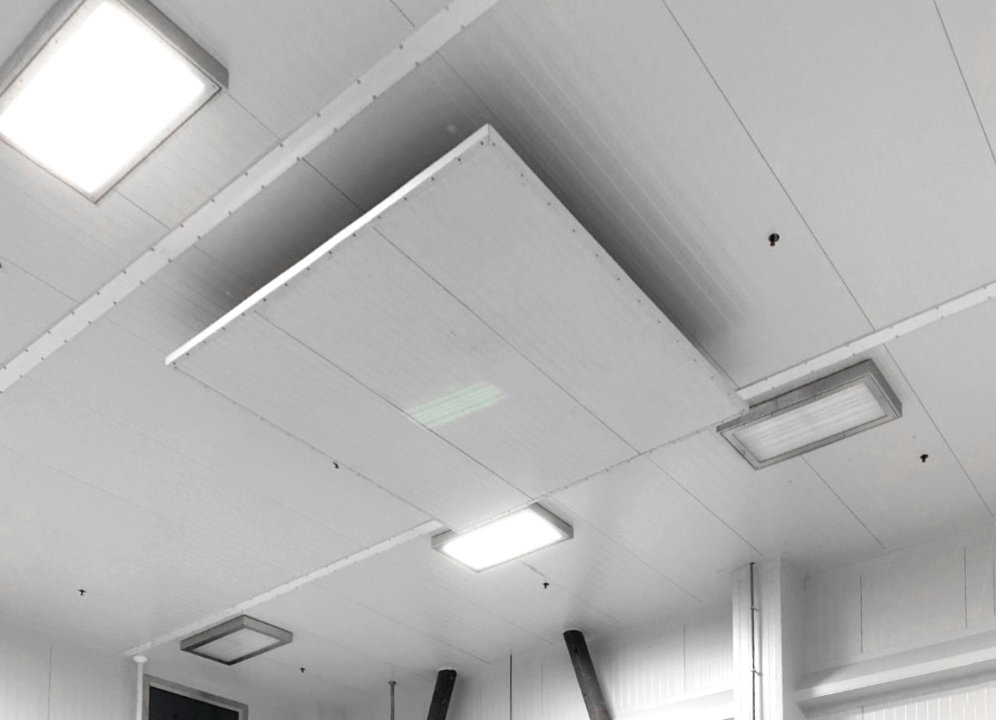
When designing ductwork for a CPA system, size, location, construction, and hygiene must all be considered. The design constraints vary wildly between projects, but they must be given careful consideration, given the crucial role that CPA systems play in medical, food processing, and laboratory settings.


